Plasterers & Dry Lining Tools
Useful Blog Posts & Guides
Find out more about Plasterers & Dry Lining Tools
Plasterers and dry lining tools are essential for achieving smooth, professional finishes in wall and ceiling construction or renovation projects. These tools are designed to make the application, smoothing, and finishing of plaster or drywall easier and more precise.
Some of the most common plasterers' tools include trowels, hawks, floats, and plastering knives. Trowels are used for applying and spreading plaster or mortar, with different sizes and shapes suited for various tasks. Hawks serve as a tray for holding plaster while working, allowing for easy access and mobility. Floats are used to smooth and level the surface of the plaster, ensuring an even finish. Plastering knives, often smaller and more flexible, are ideal for detailed work and finishing touches.
Dry lining tools are specialised for installing drywall or plasterboard. These include drywall screw guns, which are used to fasten sheets securely to frames, and jointing tools like taping knives and jointing trowels for applying and smoothing joint compounds. Other useful tools include corner trowels for finishing corners and stilts or scaffolding for reaching high areas safely.
Proper maintenance of these tools, such as cleaning after each use and sharpening blades when necessary, ensures longevity and optimal performance. Using the right tools for each stage of plastering or dry lining not only improves the quality of the finish but also increases efficiency, saving time and effort during the project.
Plasterers & Dry Lining Tools FAQs
What are the essential tools every plasterer should have?
The essential tools every plasterer should have include trowels, hawks, floats, plastering knives, and mixing drills. These tools help with applying, smoothing, and finishing plaster to achieve a professional look.
How do I choose the right trowel for my project?
To choose the right trowel for your project, consider the size and type of surface you're working on. Smaller trowels, like 6 to 10 inches, are ideal for detailed work, corners, or edges. Larger trowels, around 12 to 14 inches, are better for spreading plaster over big areas smoothly and quickly.
Also, think about the shape of the trowel's blade—straight blades are great for general use, while curved or rounded blades can help with finishing and smoothing. The material of the blade, usually stainless steel, ensures durability and ease of cleaning.
By matching the trowel size and shape to your specific task, you'll get better control and a more professional finish.
How do I prevent my drywall screws from popping out?
To prevent drywall screws from popping out, make sure you drive the screws just below the surface without breaking the paper. Use a drywall screw gun or a drill with a drywall bit to control the depth. Also, avoid over-tightening, which can cause the screw to loosen over time. Properly spaced screws and ensuring the drywall is well-supported during installation can also help prevent popping.
What is the best way to smooth plaster after application?
The best way to smooth plaster after application is to use a float or trowel to evenly level the surface. Work in a consistent, sweeping motion, applying gentle pressure to remove any ridges or bumps. If needed, you can use a damp sponge or a fine mist of water to help smooth out the surface and achieve a polished finish. Patience and steady hands are key to getting a smooth, professional look.
How often should I replace or sharpen my plastering tools?
The frequency of replacing or sharpening your plastering tools depends on how often you use them and their condition. Generally, you should sharpen tools like trowels and floats when they become dull or lose their edge, which might be every few months with regular use. Replace tools if they become cracked, bent, or damaged beyond repair. Keeping your tools clean and well-maintained will also extend their lifespan.
Can I use the same tools for both plastering and dry lining?
Yes, many tools like trowels, floats, and knives can be used for both plastering and dry lining. However, for best results, it's good to have specific tools suited to each task, especially when working with different materials or finishes.
How do I avoid cracks in the plaster or joint compound?
To avoid cracks in the plaster or joint compound, make sure to apply the material in thin, even layers and allow each layer to dry completely before adding the next. Use proper mixing techniques to ensure the mixture is consistent and avoid overworking the surface. Additionally, controlling temperature and humidity during drying helps prevent cracking. Reinforcing joints with tape and embedding it properly also reduces the risk of cracks forming over time.
What safety precautions should I take when using these tools?
When using plastering tools, always wear safety gear like gloves and safety glasses to protect your hands and eyes. Make sure to work in a well-ventilated area, especially if you're mixing or sanding materials that can produce dust or fumes. Keep your workspace clean and free of clutter to prevent accidents, and handle sharp tools carefully to avoid cuts. Taking these precautions helps ensure your safety while working on your project.

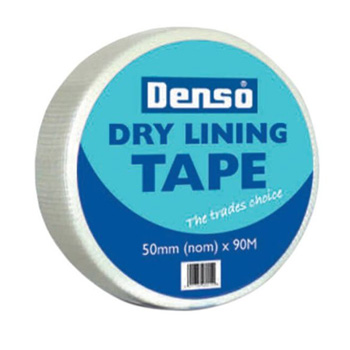
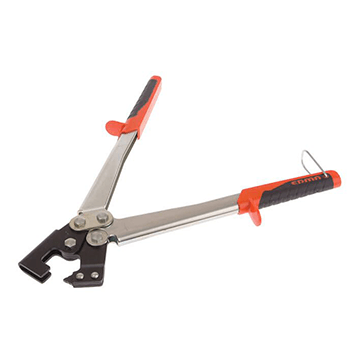
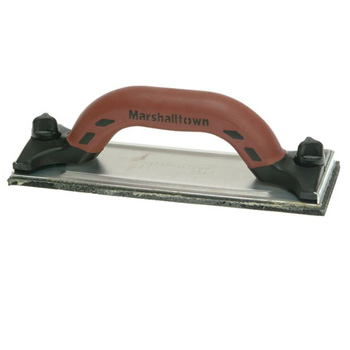
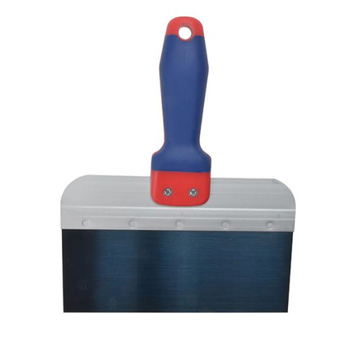
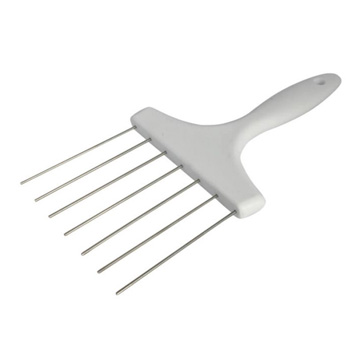
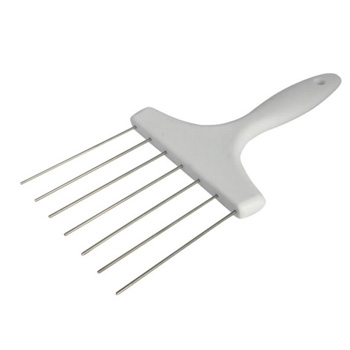
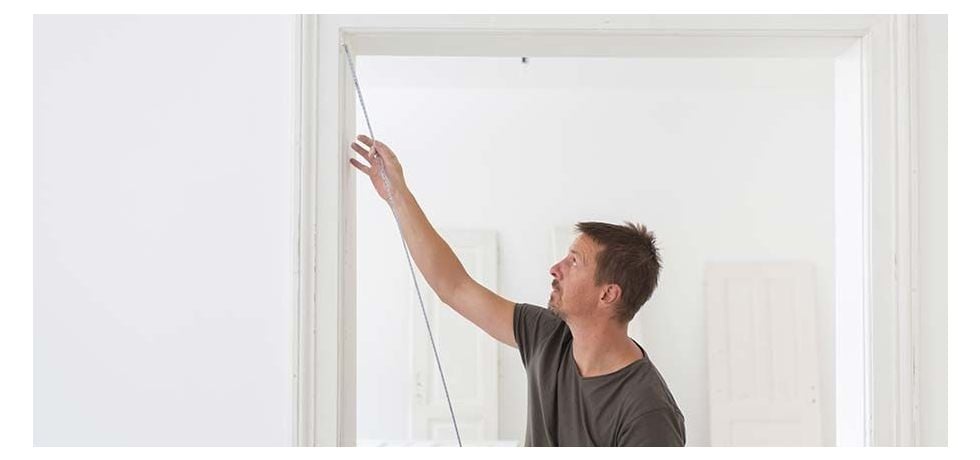
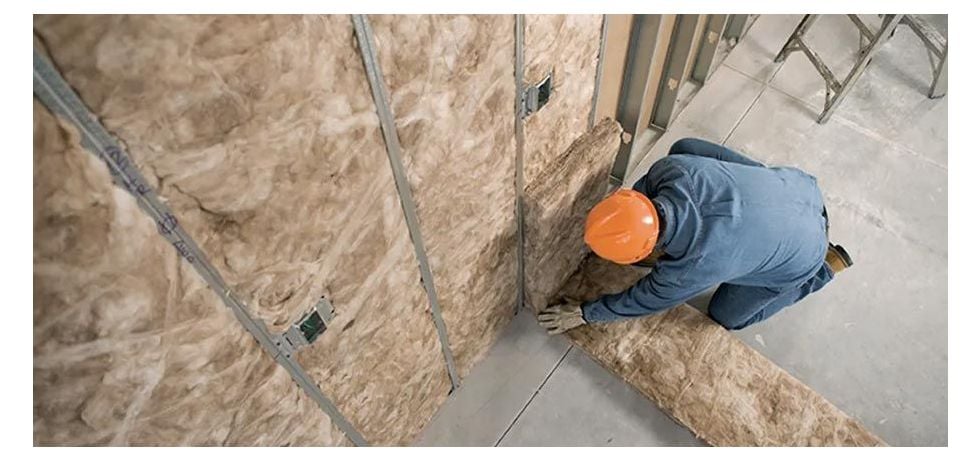
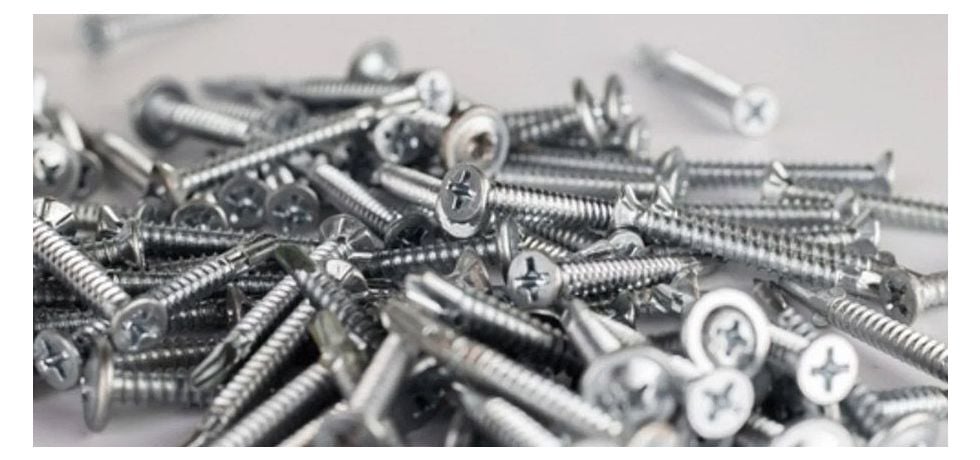

Shop our wide range of Plasterers & Dry Lining Tools at Trading Depot. Discover a comprehensive range of Plasterers & Dry Lining Tools designed for professional finish and reliable performance. From plastering trowels and hawks to jointing knives, taping tools, and sanding equipment, our selection ensures smooth, efficient results on every job. Whether you're skimming walls, taping joints, or applying finishing touches, find high-quality tools from trusted brands to suit all plastering and dry lining needs. Perfect for trade professionals and DIY enthusiasts alike.